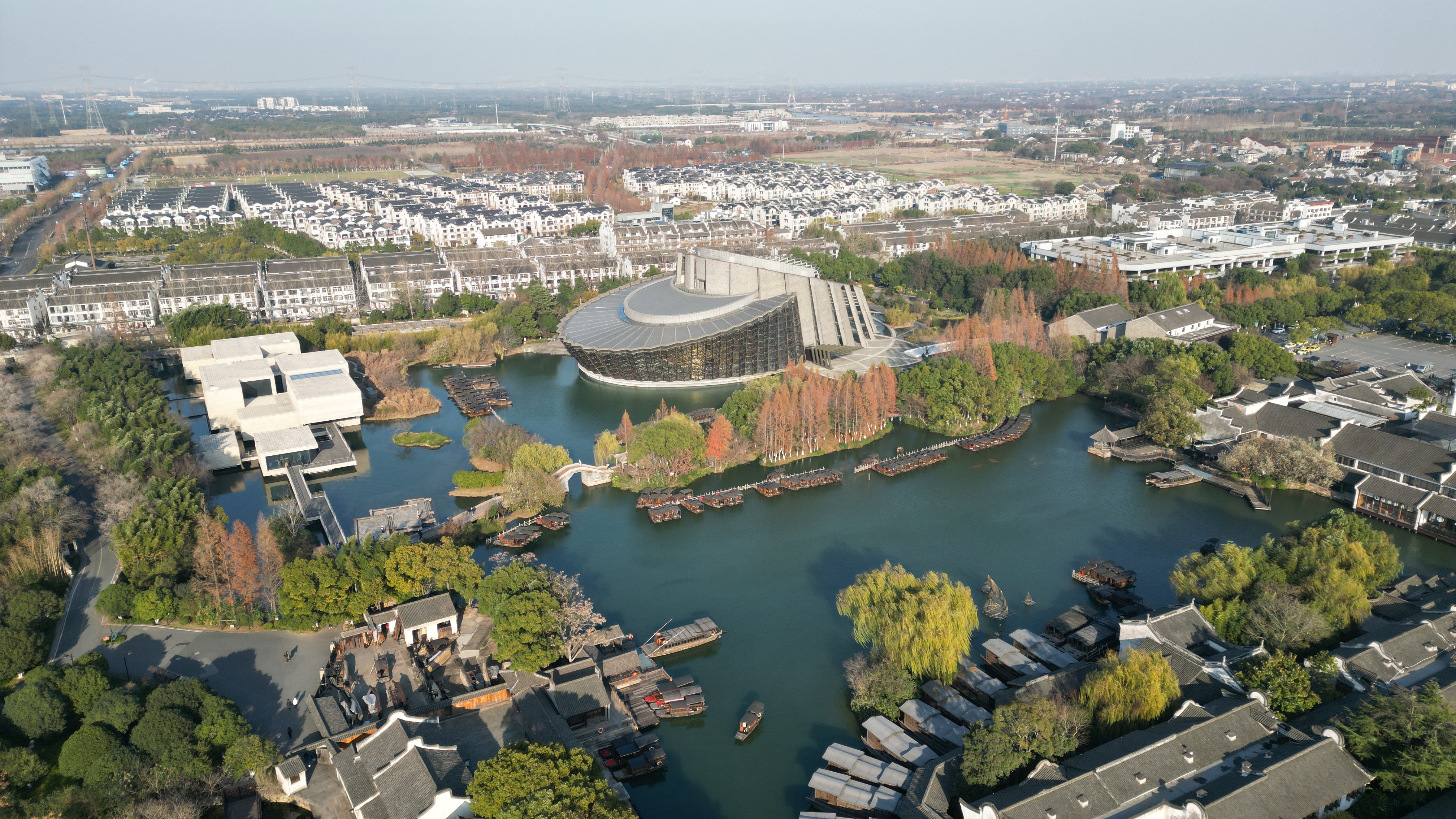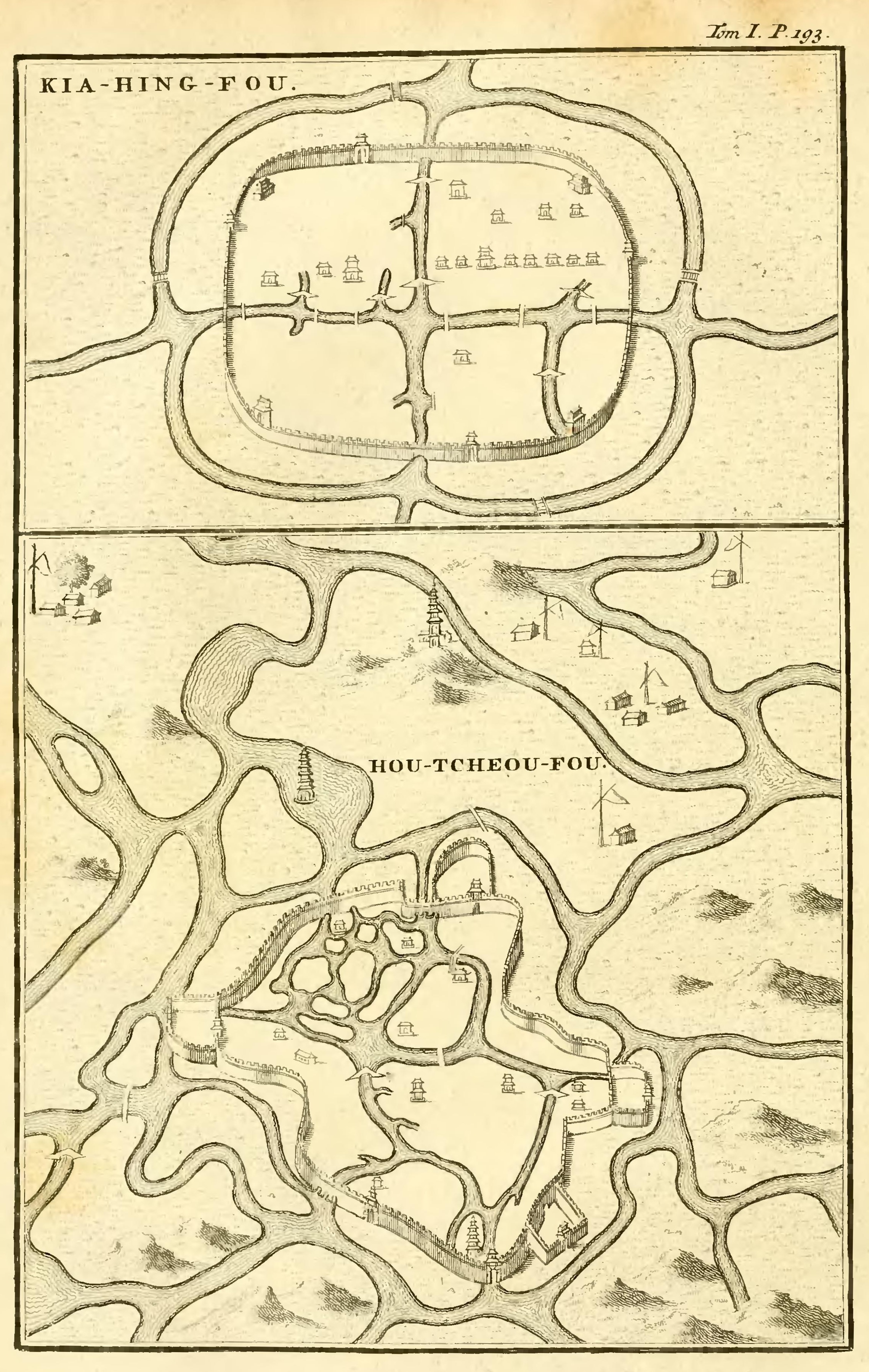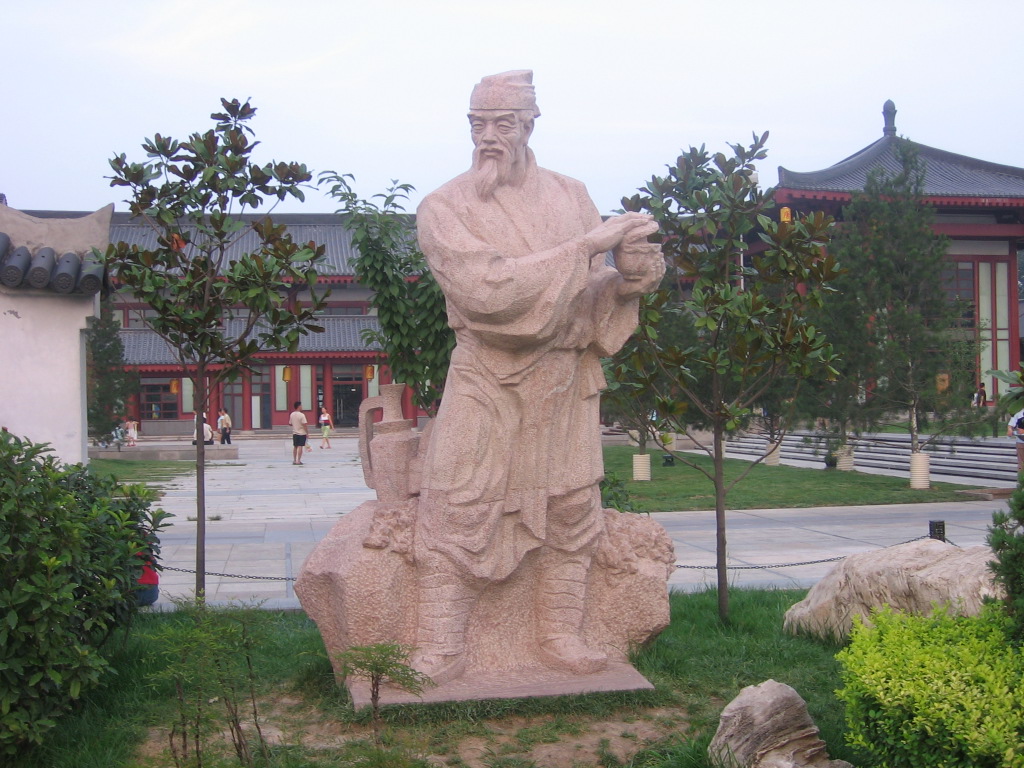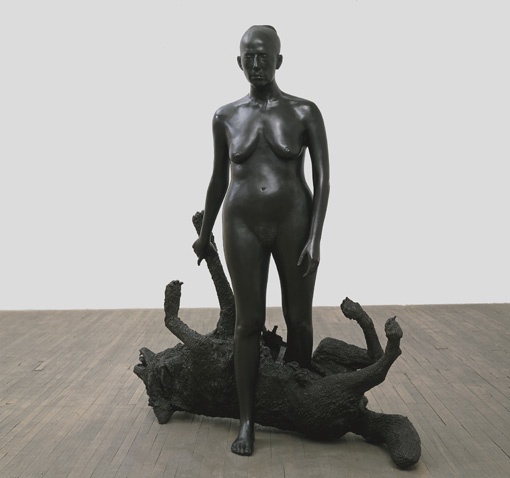|
Wuzhen
Wuzhen ( zh, s=乌镇, p=Wūzhèn, Wu Chinese, Wu: Whu-tsen lit. "Wu Town") is a historic scenic Town (China), town, part of Tongxiang, located in the north of Zhejiang, Zhejiang Province, China. It was primarily built in the 7th century during the Tang dynasty. It lies within the triangle formed by Hangzhou, Suzhou, Jiangsu, Suzhou and Shanghai. Covering an area of , Wuzhen has a total population of 60,000, of which 12,000 are permanent residents. Wuzhen has been the permanent host place of the annual World Internet Conference, an international Internet conference held in China, since 2014. Location Located in the centre of the six ancient towns south of the Yangtze River, north of the city of Tongxiang, Wuzhen displays its history through its ancient stone bridges, stone pathways and delicate wood carvings. Notable people * Mao Dun, a renowned modern Chinese revolutionary writer, was born in Wuzhen, and his well-known work, 'The Lin's Shop', describes the life of Wuzhe ... [...More Info...] [...Related Items...] OR: [Wikipedia] [Google] [Baidu] |
World Internet Conference
The World Internet Conference (WIC; zh, s=世界互联网大会, labels=no), also known as the Wuzhen Summit ( zh, s=乌镇峰会, labels=no), is an annual event, first held in 2014, organized by the government of the People's Republic of China to discuss global Internet issues and policies. It is organized by the Cyberspace Administration of China. Wuzhen Declaration At the first World Internet Conference in 2014, an unknown party distributed a draft joint statement affirming the right of individual nations to develop, use, and govern the Internet, a concept Chinese Communist Party (CCP) General Secretary of the Chinese Communist Party, general secretary and paramount leader Xi Jinping calls Network sovereignty, cyber sovereignty. Attendees received a draft of the statement overnight, slid under their hotel doors. As some objected to the statement, the organizers made no mention of it in the conference's final day. Summits 1st World Internet Conference The inaugural World Inte ... [...More Info...] [...Related Items...] OR: [Wikipedia] [Google] [Baidu] |
Mu Xin (artist)
Mu Xin ( Chinese: 木心) is the pen name of Sun Pu ( Chinese: 孙璞; February 14, 1927 - December 21, 2011), courtesy name Yangzhong ( Chinese: 仰中), a Chinese painter, poet and writer. His works draw on both Chinese and Western traditions. The pen name Mu Xin is derived from Hang Dynasty Poetry 《木鐸含心》"the bronze bell has ringing heart of wood". Biography Mu Xin was born on February 14, 1927, in Wuzhen, a historic town in Zhejiang, China, into a wealthy and prestigious family with businesses interests in Shanghai. In his early life, Mu Xin received traditional literati education. In 1946, Mu Xin started to study at the Academy of Fine Arts at Shanghai University. Mu Xin was dismissed from school by the order of the mayor of Shanghai for leading student movements in the Academy. In 1948, Mu Xin graduated from Hangzhou National Academy of Art, where he met his mentor Lin Fengmian. After graduation, Mu Xin taught art at Hangzhou High School in the late 1940s and wor ... [...More Info...] [...Related Items...] OR: [Wikipedia] [Google] [Baidu] |
Tongxiang
Tongxiang City () is a county-level city, part of Jiaxing, in northern Zhejiang Province, China, bordering Jiangsu province to the north. It had a population of 1,029,754 as of the 2020 census even though its built-up (''or metro'') area is smaller. Nevertheless, as the city is expanding east quickly, its now nearly conurbated with Jiaxing built-up (or metro) area by Xiuzhou District. Tongxiang was the birthplace of 20th-century novelist and cultural critic Mao Dun. The scenic town of Wuzhen is part of Tongxiang. Administration Tongxiang administers three subdistrict, eight towns. * Wutong Subdistrict (梧桐街道), seat of the administration * Fengming Subdistrict (凤鸣街道) * Gaoqiao Subdistrict (高桥街道) * Puyuan Town (濮院镇) * Tudian Town (屠甸镇) * Heshan Town (河山镇) *Wuzhen Town (乌镇镇) * Shimen Town (石门镇) * Dama Town (大麻镇) * Chongfu Town (崇福镇) * Zhouquan Town (洲泉镇) Climate Economy Hángbáijú (杭白菊), a variety ... [...More Info...] [...Related Items...] OR: [Wikipedia] [Google] [Baidu] |
Zhejiang
) , translit_lang1_type2 = , translit_lang1_info2 = ( Hangzhounese) ( Ningbonese) (Wenzhounese) , image_skyline = 玉甑峰全貌 - panoramio.jpg , image_caption = View of the Yandang Mountains , image_map = Zhejiang in China (+all claims hatched).svg , mapsize = 275px , map_caption = Location of Zhejiang in China , coordinates = , subdivision_type = Country , subdivision_name = China , named_for = Old name of Qiantang River , seat_type = Capital and largest city , seat = Hangzhou , established_title = Annexation by the Qin dynasty , established_date = 222 BC , established_title2 = Jiangnandong Circuit , established_date2 = 626 , established_title3 = Liangzhe Circuit , established_date3 = 997 , established_title4 = Zhejiang Province formed , established_date4 = 1368 , established_title5 = Republican Period , established_date5 = 1 January 1912 , established_title6 ... [...More Info...] [...Related Items...] OR: [Wikipedia] [Google] [Baidu] |
Mao Dun
Shen Dehong (Shen Yanbing; 4 July 1896 – 27 March 1981), best known by the pen name of Mao Dun, was a Chinese novelist, essayist, journalist, playwright, literary and cultural critic. He was highly celebrated for his Literary realism, realist novels, including ''Ziye, Midnight'', which depicts life in cosmopolitan Shanghai. Mao was one of the founders of the Chinese Communist Party and participated in a number of left-wing cultural movements during the 1920s and 1930s. He was the editor-in-chief of ''Fiction Monthly'' and helped lead the League of Left-Wing Writers. He formed a strong friendship with fellow left-wing Chinese author Lu Xun. From 1949 to 1965, Mao served as the first Minister of Culture and Tourism (China), Minister of Culture in the People's Republic of China. In addition to novels, Mao Dun published a number of essays, scripts, theories, short stories, and novellas. He was well known for translating Western literature, as he had gained academic knowledge o ... [...More Info...] [...Related Items...] OR: [Wikipedia] [Google] [Baidu] |
Jiaxing
Jiaxing (), alternately romanized as Kashing, is a prefecture-level city in northern Zhejiang province, China. Lying on the Grand Canal of China, Jiaxing borders Hangzhou to the southwest, Huzhou to the west, Shanghai to the northeast, and the province of Jiangsu to the north. As of the 2020 census, its population was 5,400,868 and its built-up (or metro) area made of 2 urban districts was home to 1,518,654 inhabitants. Administration Jiaxing is the birthplace of the Majiabang Culture in the Neolithic Age. The ancestors engaged in farming, animal husbandry, fishing and hunting 7,000 years ago. The prefecture-level city of Jiaxing administers 7 Administrative divisions of the People's Republic of China#County level, county-level divisions, including 2 District of China, districts, 3 county-level city, county-level cities and 2 County (People's Republic of China), counties. These are further divided into 75 Administrative divisions of the People's Republic of China#Township lev ... [...More Info...] [...Related Items...] OR: [Wikipedia] [Google] [Baidu] |
Martin Parr
Martin Parr (born 23 May 1952) is a British documentary photographer, photojournalist and photobook collector. He is known for his photographic projects that take an intimate, satirical and anthropological look at aspects of modern life, in particular documenting the social classes of England, and more broadly the wealth of the Western world. His major projects have been rural communities (1975–1982), ''The Last Resort'' (1983–1985), ''The Cost of Living'' (1987–1989), ''Small World'' (1987–1994) and ''Common Sense'' (1995–1999). Since 1994, Parr has been a member of Magnum Photos. He has had around 40 solo photobooks published, and has featured in around 80 exhibitions worldwide – including the international touring exhibition ''ParrWorld'', and a retrospective at the Barbican Arts Centre, London, in 2002. The Martin Parr Foundation, founded in 2014, and registered as a charity in 2015 opened premises in his hometown of Bristol in 2017. It houses his own archi ... [...More Info...] [...Related Items...] OR: [Wikipedia] [Google] [Baidu] |
Aerial Vistas Of Wuzhen Water Town And Its Arts Centre
Aerial may refer to: Music * ''Aerial'' (album), by Kate Bush, and that album's title track * "Aerials" (song), from the album ''Toxicity'' by System of a Down Bands * Aerial (Canadian band) * Aerial (Scottish band) * Aerial (Swedish band) Recreation and sport *Aerial (dance move) *Aerial (skateboarding) *Front aerial, gymnastics move performed in acro dance * Aerial cartwheel * Aerial silk, a form of acrobatics * Aerial skiing Technology *Aerial (radio), a radio ''antenna'' or transducer that transmits or receives electromagnetic waves **Aerial (television), an over-the-air television reception antenna *Aerial photography Other uses *Aerial, Georgia, a community in the United States * ''Aerial'' (magazine), a poetry magazine * ''Aerials'' (film), a 2016 Emirati science-fiction film *''Aerial'', a TV ident for BBC Two from 1997 to 2001 See also * Arial * Ariel (other) * Airiel * Area (other) * Airborne (other) * Antenna (other) ... [...More Info...] [...Related Items...] OR: [Wikipedia] [Google] [Baidu] |
One Of The Waterways In Wuzhen Ancient Town
1 (one, unit, unity) is a number, numeral, and glyph. It is the first and smallest positive integer of the infinite sequence of natural numbers. This fundamental property has led to its unique uses in other fields, ranging from science to sports, where it commonly denotes the first, leading, or top thing in a group. 1 is the unit of counting or measurement, a determiner for singular nouns, and a gender-neutral pronoun. Historically, the representation of 1 evolved from ancient Sumerian and Babylonian symbols to the modern Arabic numeral. In mathematics, 1 is the multiplicative identity, meaning that any number multiplied by 1 equals the same number. 1 is by convention not considered a prime number. In digital technology, 1 represents the "on" state in binary code, the foundation of computing. Philosophically, 1 symbolizes the ultimate reality or source of existence in various traditions. In mathematics The number 1 is the first natural number after 0. Each natural number, ... [...More Info...] [...Related Items...] OR: [Wikipedia] [Google] [Baidu] |
Lu Yu
Lu Yu (; 733–804) or Lu Ji (陆疾), courtesy name Jici (季疵) was a Chinese tea master and writer. He is respected as the Sage of Tea for his contribution to Chinese tea culture. He is best known for his monumental book ''The Classic of Tea,'' also known as ''Cha Ching/Cha Jing'' (Simplified Chinese characters, simplified Chinese: 茶经), the first definitive work on cultivating, making and drinking tea. Biography Lu Yu was born in 733 in Tianmen, Hubei. For six years, Lu Yu stayed in Huomen mountain studying under the guidance of master Zou Fuzi. During this period, Lu Yu often brewed tea for his teacher. He also took care of fellow students' health using his remarkable knowledge in tea and herbs that he learned while at the Longgai Monastery. Whenever time permitted between his studies Lu Yu often went to the countryside to gather tea leaves and herbs. In one of those trips Lu Yu stumbled upon a spring underneath a 6-foot round rock and the water from the spring was ... [...More Info...] [...Related Items...] OR: [Wikipedia] [Google] [Baidu] |
Town (China)
When referring to Administrative divisions of China#Township level (4th), political divisions of China, town is the standard English translation of the Chinese (traditional: ; zh, p=zhèn , w=chen4). The Constitution of the People's Republic of China classifies towns as fourth-level administrative units, along with, for example, Townships of China, townships ( zh, s=乡 , p=xiāng). A township is typically smaller in population and more remote than a town. Similar to higher-level administrative units, the borders of a town would typically include an urban core (a small town with the population on the order of 10,000 people), as well as a rural area with some Villages of China, villages ( zh, labels=no, s=村 , p=cūn, or zh, labels=no, s=庄 , p=zhuāng). Map representation A typical provincial map would merely show a town as a circle centered at its urban area and labeled with its name, while a more detailed one (e.g., a map of a single county-level division) would also s ... [...More Info...] [...Related Items...] OR: [Wikipedia] [Google] [Baidu] |
Kiki Smith
Kiki Smith (born January 18, 1954) is a German-born American artist whose work has addressed the themes of sex, birth and regeneration. Her figurative work of the late 1980s and early 1990s confronted subjects such as AIDS, feminism, and gender, while recent works have depicted the human condition in relationship to nature. Smith lives and works on the Lower East Side of Manhattan in New York City, and in the Hudson Valley. Early life and education Smith's father was artist Tony Smith and her mother was actress and opera singer Jane Lawrence. Although her work takes a very different form than that of her parents, early exposure to her father's process of making geometric sculptures allowed her to experience Modernism's formal craftsmanship firsthand. Her childhood experience in the Catholic Church, combined with a fascination for the human body, shaped her artwork conceptually. Smith moved from Germany to South Orange, New Jersey, as an infant in 1955. That same year, her si ... [...More Info...] [...Related Items...] OR: [Wikipedia] [Google] [Baidu] |





